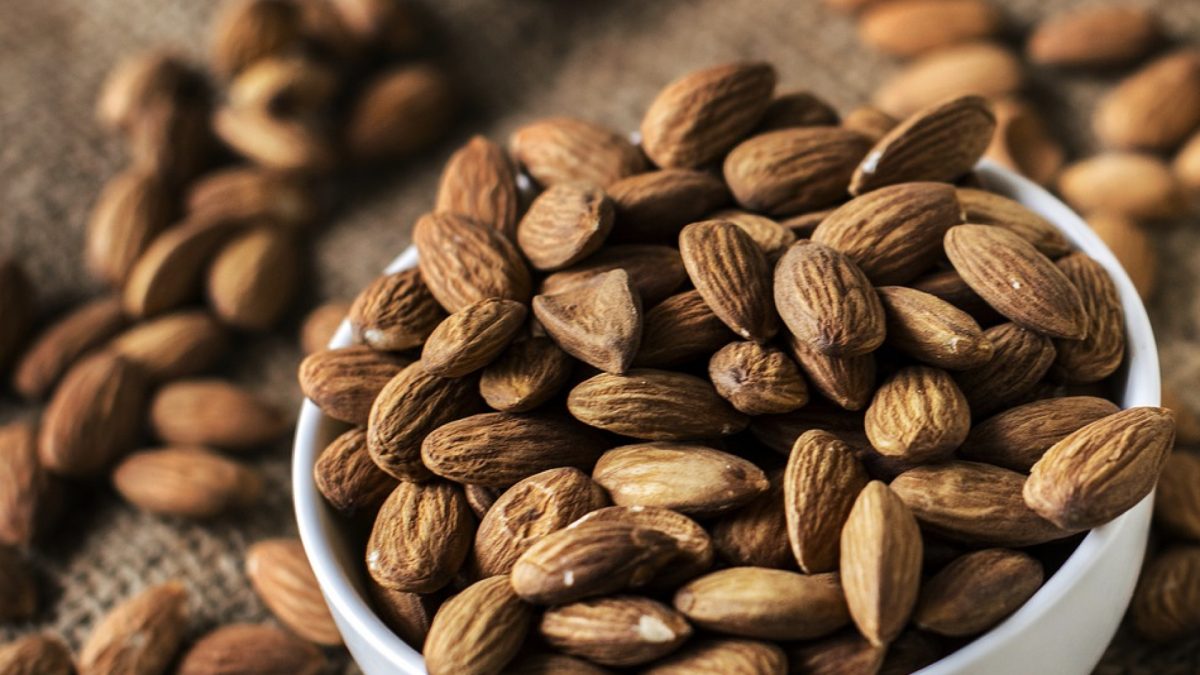Currently, an estimated ten million Americans suffer from osteoporosis, causing more than a million fractures, including hundreds of thousands of hip fractures, a common reason people end up in nursing homes. Many older women say they’d rather be dead than break their hip and end up in a home.
Bone is a living, “dynamic organ that is constantly renewed through a process of remodeling and modeling” involving bone breakdown by cells that eat bone, called osteoclasts, and bone formation by cells that build bone, called osteoblasts. Osteoporosis is caused by an imbalance between bone loss and bone gain, most often related to hormonal changes that occur during menopause. Is there anything we can do to help tip the balance back in bone’s favor?
There are a number of specific compounds in plant foods that look promising, but, as I discuss in my video Almonds for Osteoporosis, they are based on in vitro studies where researchers basically just drip some plant compound like cranberry phytonutrients on bone cells in a petri dish and see a boost in bone-builder cells or a drop in bone-eater cells. But no matter how much people like cranberry sauce, they’re not injecting it into their veins. For phytonutrients to reach the bone, they first have to get absorbed from the digestive tract into our bloodstream and make it past the liver before they can circulate to our skeleton. So, what we need is a so-called ex vivo study, where you take people, feed them a food—or not, draw their blood a few hours later, and then drip their blood onto bone cells to see if there’s any difference.
Normally, I’m not impressed with studies funded by marketing boards that pay for studies like the one that found that eating almonds improved cycling distance and athletic performance—compared to cookies. But the study I discuss in my video mentioned above was brilliant, not surprisingly, given it was performed in the world-famous lab of Dr. David Jenkins. There was a population study that suggested that eating almonds could protect against osteoporosis. Researchers could have simply dripped some almond extract on bone cells, but that’s not testing the whole food. Instead bone cells could be treated with the blood obtained from donors who had been fed the whole food to directly test the effects of these foods at the cellular level.
So, researchers exposed human osteoclasts, the bone-eating cells, to blood obtained before and four hours after eating a handful of almonds. But, wait. If you ate a handful of almonds every day, wouldn’t you gain weight? That’s almost 200 calories a day. Women in one study added to their regular diet a handful of almonds—like 35 nuts—as a mid-morning snack and were instructed to eat as much as they wanted for lunch and dinner that day. What happened? They ate less. In fact, they ate so much less, they canceled out the nut calories. In the study, the participants all had the same breakfast and then 0, 173, or 259 calories’ worth of almonds as a snack, before eating as much lunch and dinner as they wanted. The nuts appeared to be so satiating that the subjects ate less for lunch or dinner such that, at the end of the day, there was no significant difference in total caloric intake amongst any of the three groups. Part of the reason we don’t tend to gain weight when adding nuts to our diet may be because we end up flushing nearly one third of the calories down the toilet because we just don’t chew well enough. This is why we think there’s so much less fat in our bloodstream after eating whole almonds compared to the same amount of almond oil taken out of the same quantity of nuts.
Back to the study: So, researchers wanted to see if they could suppress the activity of the cells that eat away our bones. What did they find? Blood “serum obtained following the consumption of an almond meal inhibits human osteoclast formation, function, and gene expression…[providing] direct evidence to support the association between regular almond consumption and a reduced risk of developing osteoporosis.” The researchers also tried before and after eating other meals, including rice and potatoes, to make sure there wasn’t just some effect of eating in general. But, no: The protective effect did appear specific to the almonds.
What about dairy products? See my Is Milk Good for Our Bones? video.
And what about calcium supplements? Check out Are Calcium Supplements Safe? and Are Calcium Supplements Effective?.
Surprised by the lack of weight gain from eating all those nuts? You won’t be after watching Nuts and Obesity: The Weight of Evidence. And if you think that’s surprising, Pistachio Nut for Erectile Dysfunction will really shock you.
Want to learn more about ingenious ex vivo studies? See:
- Ex Vivo Cancer Proliferation Bioassay
- Which Spices Fight Inflammation?
- Inhibiting Platelet Activation with Tomato Seeds
One possible mechanism for why nuts may be so healthy for our bones can be found in my video Phytates for the Prevention of Osteoporosis. What about the power of prunes? See Prunes for Osteoporosis.
In health,
Michael Greger, M.D.
PS: If you haven’t yet, you can subscribe to my free videos here and watch my live, year-in-review presentations:
- 2012: Uprooting the Leading Causes of Death
- 2013: More Than an Apple a Day
- 2014: From Table to Able: Combating Disabling Diseases with Food
- 2015: Food as Medicine: Preventing and Treating the Most Dreaded Diseases with Diet
- 2016: How Not To Die: The Role of Diet in Preventing, Arresting, and Reversing Our Top 15 Killers
